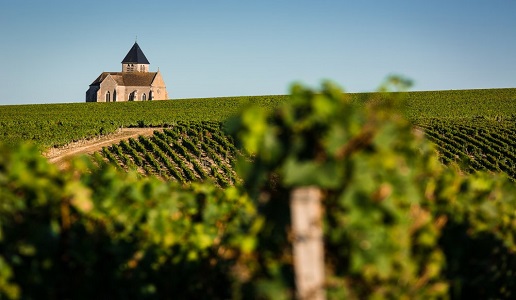Premiers Chablis (1)

Despite its over 1,000-year history, some Chablis are an exception in regard to their exceptional classification.
On September 5, we opened a discussion on Premier Cru Burgundy wines (LINK), underscoring how there were some errors in their official classification. Here we will look some in regard to the area of Chablis.
While still considered to be part of Burgundy, the area of Chablis is much further north and closer to Paris than others in the region and its subsoil (and climate) is extraordinarily similar to that in Champagne, which explains why it is often identified with the masterpiece from Reims… but without the bubbles. In Chablis, the vines grow in a marl and Kimmeridgian limestone soil with tiny oyster fossils with a name that is not easy to remember: exogyra virgula. The rocks were formed around 150 million years ago during the Upper Jurassic Period. It is perhaps for this reason that the Chardonnay of Chablis is considered to be organoleptically unique: cutting, very fragrant and unusually floral all creating a legendary drinkability.
As in the rest of Burgundy, Premier Cru is the second classification for importance in Chablis. And here again, as with the Burgundy of Beaune, the importance and skill of the winemaker result in wines of extraordinary quality that put into question the validity of the classification system. Although there are over 40 crus in this classification, some, above all Montée de Tonnerre, are the same level of the more famous Grand Cru.
Here is a small panorama of a number of Premiers Cru that during horizontal tastings surpassed the more famous contenders. This is the first part and the second will come out tomorrow with the best.

 Italiano
Italiano













